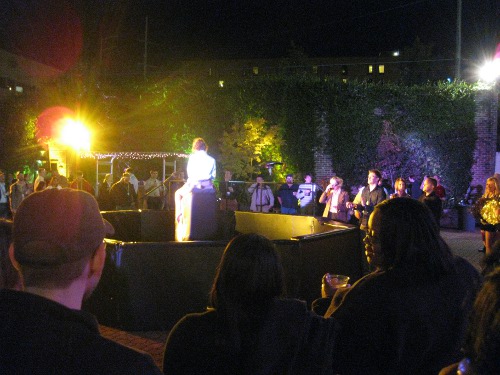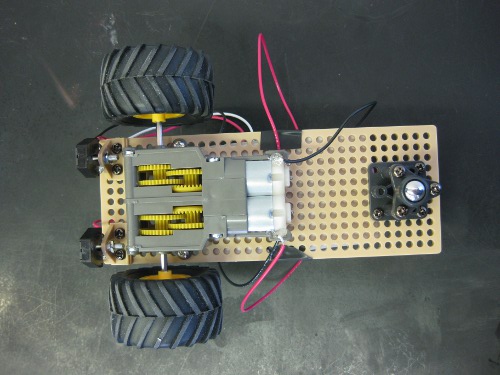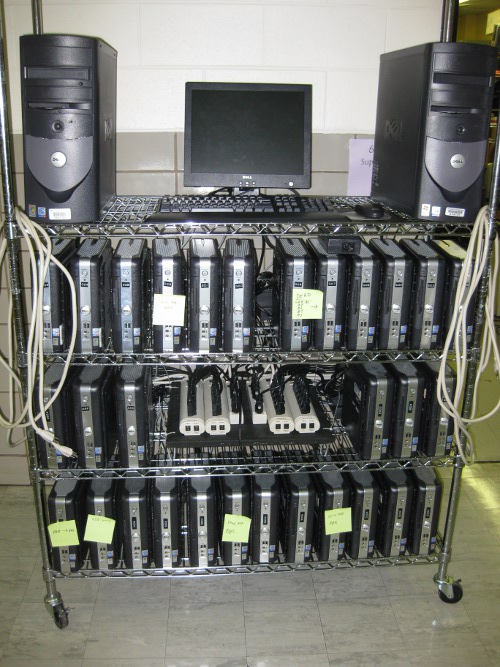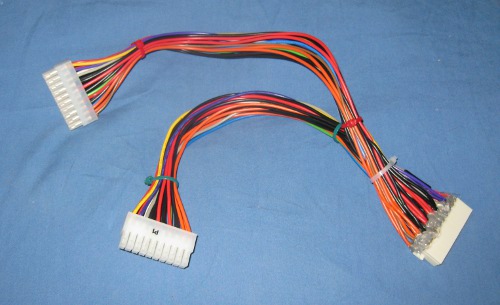With trip to Hawaii immediately following the end of the semester, I didn’t get to posting my customary class Impressions/Retrospective post for the end of the Fall2010 semester, but I have remembered to do so now. The chain of such posts starts here, with the Fall2010 impressions post.
EE611
This course was a lot more unpleasant than I expected. I basically enrolled in it out of a distaste for leaving a class until my last semester, and the darling problem with our EE graduate program where the core courses are Semiconductors (EE661), Computer Architecture (EE686), Electromagnetics (EE685), Signals (EE640), and Signals (EE611), and the program isn’t big enough to offer all of them all the time.
I scraped through by hundreds of hours of work trying to make up for my grossly inadequate math background AND learn the new material that relied on the missing stuff, and I only got a C, but I made it, and now I’m done with coursework toward the MS. I’ve never been proud of a C before, but there it is.
I do have a reasonable conceptual model for most of the material … I just can’t actually do most of it without computational aid and a reference, which was a problem for tests. The obnoxious thing is, I genuinely spent at least as much time with my old signals, controls, and linear algebra books that I did on the course material, because what I remembered from the courses (and I THINK what we covered in them) wasn’t nearly adequate to prepare me for this course. I noticed that students from undergraduate programs with more of a “Math and Memorization” focus (read “programs in China”) had a lot better time in there than the rest of us.
Not a class I should have taken, or would take again, but not all together horrible. Certainly not recommended, unless it is your area of specialization.
EE281 TA
I really do like teaching, and especially this course. It is at just the level where students first get to design for themselves, the content is material I’m good at, and the actual labs are the kind of small-scale hardware projects I do for fun. Procedure wise, I made a couple new changes, the most interesting one discussed in EE281 Car: Mixed Success, but I also built up a semester-to-semester tracking course binder with rubrics and instructional notes (which still needs to be cleaned up once more and copied to pass off to the new TA…), and did a little more of lecturing/instruction than last time. All told, quite successful, with NO (still amazed at this part) students who were lost or not trying at the end.
The degree of “I put effort in and something good happened as a direct result” in teaching college courses is ridiculously rewarding, and the amplification of effort from working with a class just makes it better.
I’d love to do it again, but I don’t really have time to both satisfactorily finish my masters’ project and teach this semester, and in general I need to work on being careful about not letting teaching suck up too much of my time in the future.
Now, onward, to research!










